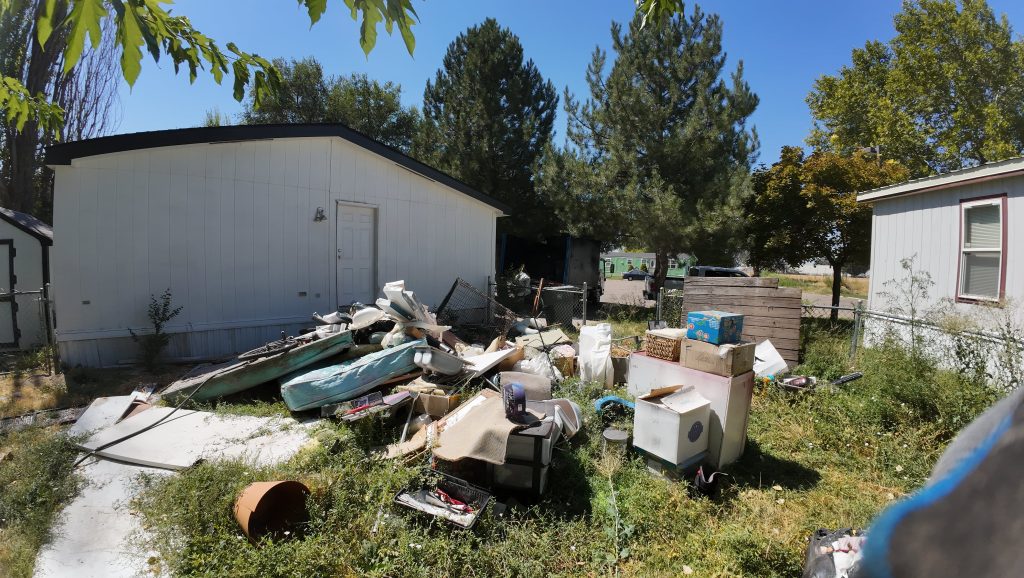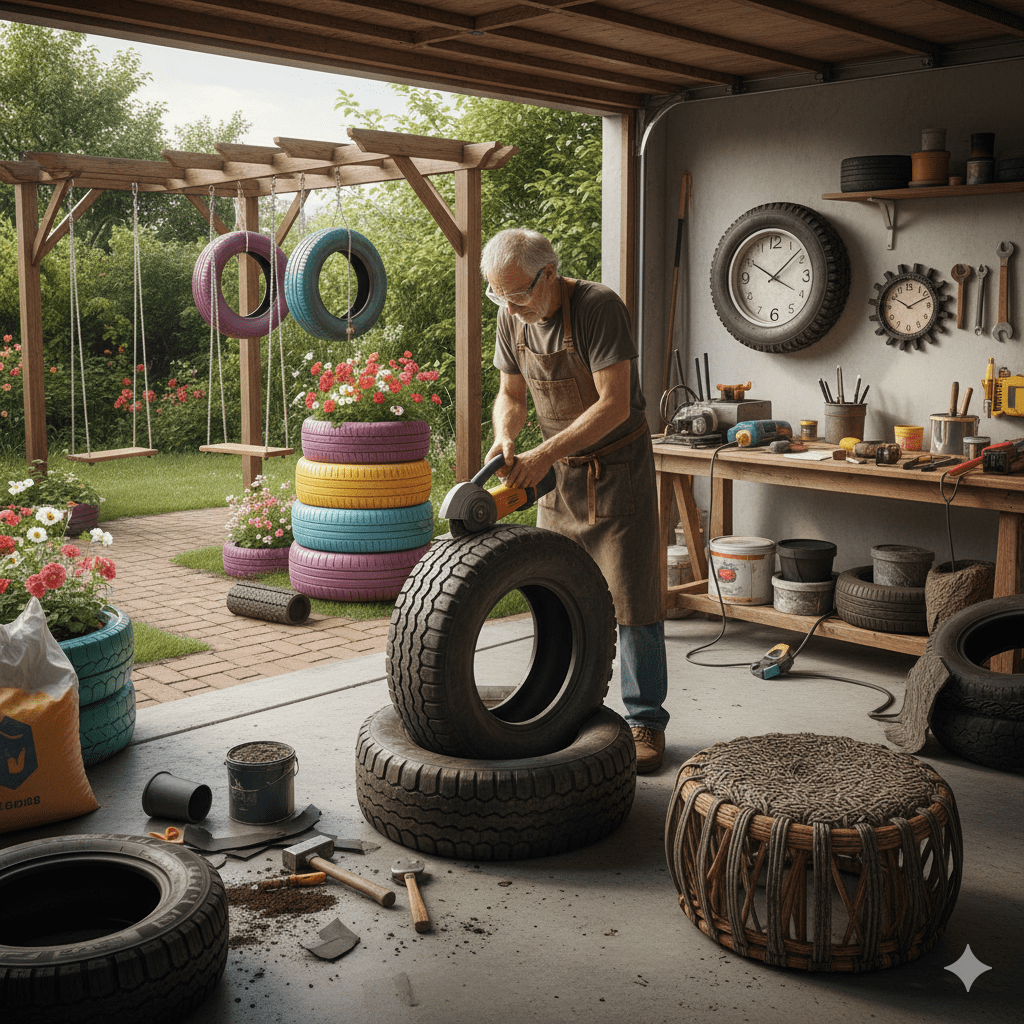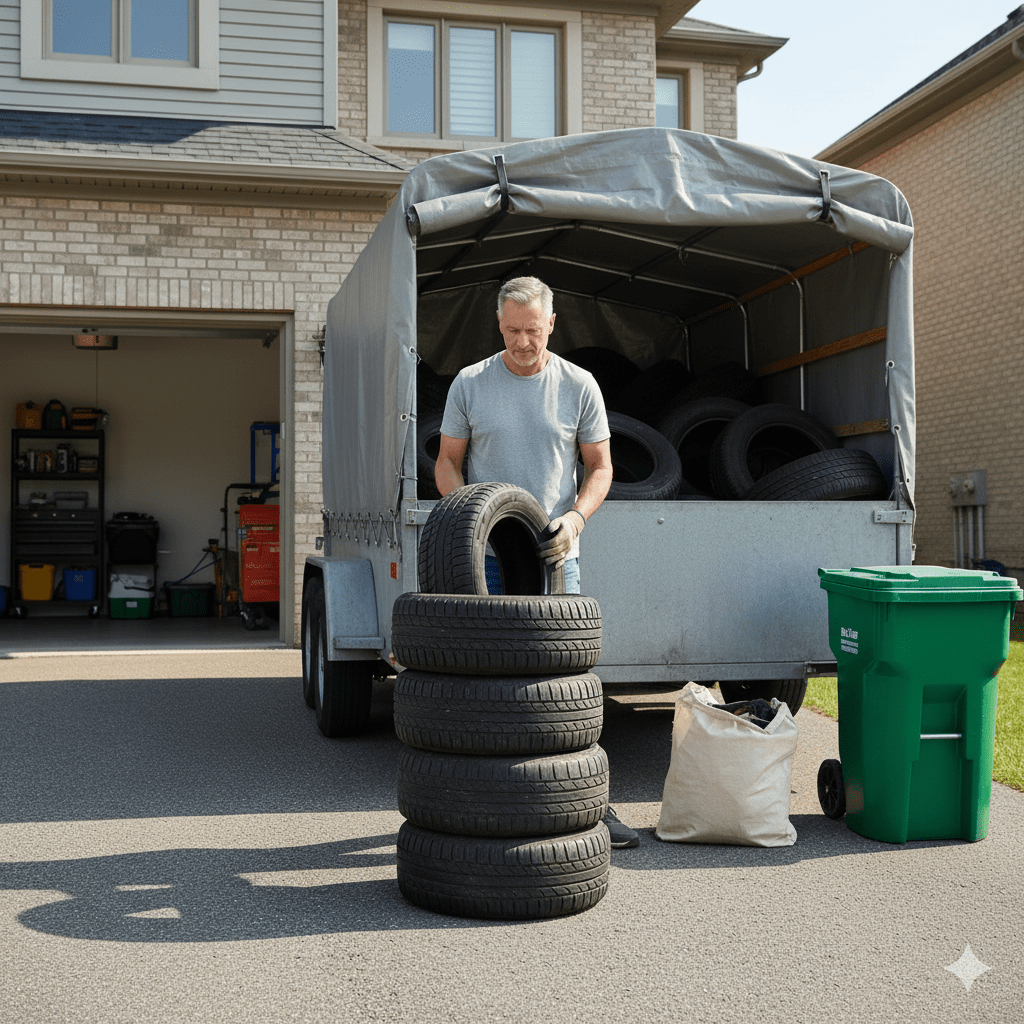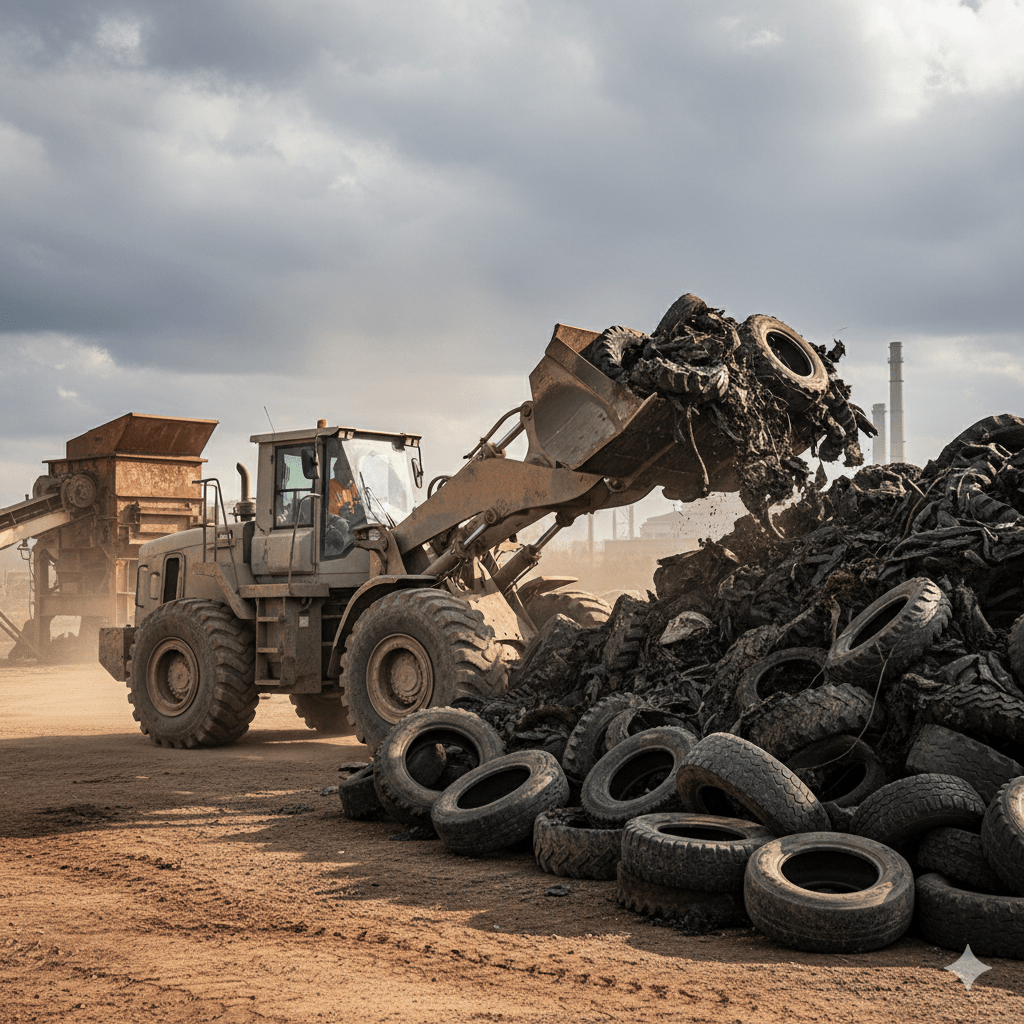Hoarding isn’t laziness—it’s a nervous system searching for safety with limited tools. Each pile tells a story of scarcity, grief, trauma, or anxiety when words weren’t enough. Real change isn’t just moving objects—it’s changing their meaning. Professional cleanout services can help by addressing the clutter with care, context, and respect instead of bulldozing through it.
Recognizing the Signs and Symptoms of Hoarding
It’s not “messy.” It’s stuck.
- Acquisition loop: “It might be useful,” “I’ll fix it later,” “It’s a collection.” Buying, free stuff, curb scores, all feed the same relief cycle.
- Distress at discarding: Panic, shame, anger, bargaining. If letting go feels like harm, the nervous system hits the brakes.
- Clutter + impairment: Rooms lose their jobs—beds for storage, kitchens for boxes, stairs for stacks. Safety risks sneak in (falls, fire, pests).
- Decision paralysis: Perfectionism + fear of mistakes = nothing moves. The tiniest choice feels like a referendum on identity.
- Rationalization engine: “It was expensive.” “It was a gift.” “Once I have time, I’ll fix/sell/use it.” Time never shows up; piles do.
Rule of thumb: if the emotion attached to the item outweighs its function, hoarding dynamics are on the field.
The Emotional Impact of Letting Go
Decluttering without acknowledging grief is just demolition with better lighting.
- Loss stacks: Every item can hold stories—people, hopes, “someday” skills. Discarding pokes old wounds.
- Identity friction: “If I toss the paint set, am I killing the artist in me?” Spoiler: no. You’re pruning, not erasing.
- Shame spiral: Years of “Why can’t I just…?” mean help feels like exposure. Shame hates sunlight but dies in it.
- Window of tolerance: Too fast = panic; too slow = avoidance. The work is calibrating effort to nervous system bandwidth.
Moves that help: name the feeling (“this is grief”), take one regulated breath, choose one action that matches your values, not your fear.

Strategies for Motivating Change
Motivation is not a lightning strike; it’s a ladder.
- Tiny experiments: “I can part with 1 magazine, not 100.” When you survive today’s discard, the brain updates its forecast for tomorrow.
- Values > vibes: Write three reasons you want change (safety, relationships, health). Tape them to the door. When anxiety yells, read the sheet, act anyway.
- Keep–test–release: Keep the best, test one item for a week (use it or lose it), release the rest. No committee hearings required.
- 90/10 rule: 90% “easy wins” (obvious trash, duplicates), 10% “meaningful maybe.” Bank confidence before tackling heirlooms.
- Visual wins: Clear the sink, a chair, a walkway. Quick victory reduces overwhelm and buys momentum.
- Time boxing: 15-minute sprints with a timer. When the bell rings, stop. Consistency beats marathons you never start.
- IF-THEN plans: “If panic rises, then I sip water, step outside for 90 seconds, and return to one item.” Pre-decisions make storms survivable.
Remember: progress is a graph with zigzags. Count trend, not perfection.
Working with Therapists or Counselors
You can white-knuckle a closet; you cannot white-knuckle a nervous system forever.
- Look for the right toolkit: Therapists familiar with CBT for hoarding, motivational interviewing, exposure/response prevention, and harm-reduction approaches. Add ADHD-informed strategies if focus/executive function are players.
- What sessions look like: skill-building (tolerating uncertainty), graded discarding exercises, thought records (“If I let go, X will happen”), and between-session tasks.
- Measure what matters: not “house perfect,” but function and safety: clear egress, working appliances, sleep space restored.
- Med options: anxiety/depression/ADHD meds can widen the window of tolerance so therapy can land.
- Team care: therapist + coach/organizer + medical/allied pros when biohazards or structural issues exist. Roles clear, goals shared.
Therapy isn’t to make you ruthless. It’s to make you free—able to choose without your fear voting twice.
Supporting a Loved One Through Recovery
You can’t shame someone into safety. You can co-regulate them there.
- Lead with respect, not ultimatums. “I care about you and your safety. Can we make a path to the bedroom?” Aim for function first, not museum-grade minimalism.
- Negotiate zones. Start with exits, stoves, beds, bathrooms. Agree on one small boundary (“This chair stays clear”). Keep it sacred.
- Offer scaffolding, not steering. “Would it help if I scheduled a donation pickup?” beats “You need to throw all this away.”
- Follow the 2:1 ratio. Two acknowledgments (“You sorted a lot today,” “That was a hard decision and you made it”) for every ask.
- Avoid secret purges. Violated trust detonates progress. If forced by safety codes or landlords, be transparent, document, and preserve valuables/photos.
- Protect your own oxygen. Set time limits, step out when flooded, and get your own support. Boundaries keep help helpful.
- Celebrate non-visible wins. Attending therapy, calling a recycler, taking one donation bag—these are reps. Clap for reps.
If you want the house to change, help the relationship with stuff change. That’s the lever.
Bottom line
Hoarding isn’t about objects; it’s about safety, identity, and control trying to survive with the best tools available at the time. Recovery swaps those tools for better ones—tiny experiments, honest therapy, grounded support, and a bias toward function. Do that, and rooms don’t just get clearer; life does.






